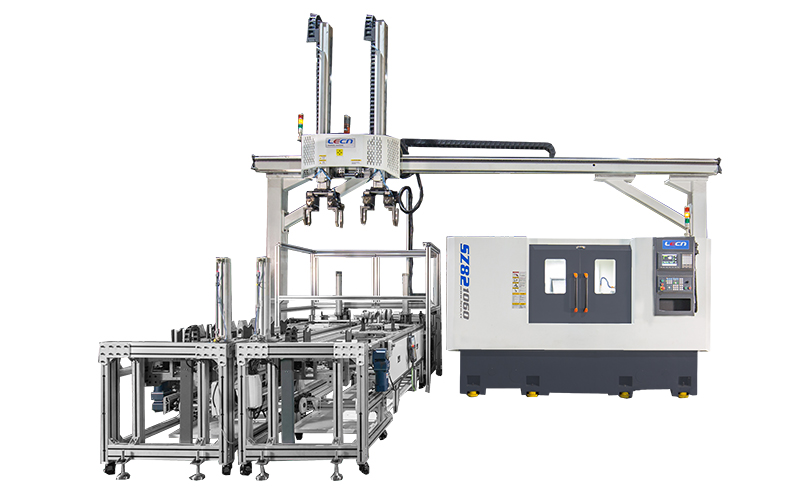Precision is paramount in the realm of CNC machining, where even the slightest deviation can result in costly errors. Achieving and maintaining high levels of accuracy is not only beneficial but essential for any CNC machine operator or manufacturer.
Enhancing the accuracy of CNC machine tools is a crucial aspect of ensuring the quality of precision parts processing, involving various aspects such as mechanical adjustments, optimization of electrical control, and error compensation. Here are some specific methods:

Mechanical Adjustment and Maintenance:
Spindle Adjustment: Ensure the accuracy and rigidity of the spindle and its bearing system, regularly perform spindle dynamic balancing checks, and lubricate the bearings.
Bed and Guide Rails: Align the bed horizontally to ensure the straightness and parallelism of the guide rails, use high-precision guide rails, and maintain good lubrication to reduce friction and thermal deformation.
Gibs and Connecting Parts: Precisely adjust the gib clearances to ensure the relative positional accuracy between components.
Backlash Compensation:
Measure the backlash (return clearance) of each axis and input the corresponding compensation values into the system to eliminate or reduce positioning errors caused by backlash in the transmission chain.
Servo System Optimization:
Optimize servo motor parameters such as gain and dynamic response characteristics to ensure rapid response and stability of the motion system.
Use high-resolution encoders to improve position detection accuracy.
Temperature Control:
Implement machine tool temperature control measures, such as installing cooling devices, maintaining constant temperature workshops, or using materials with low thermal expansion coefficients to manufacture key components, reducing machine tool accuracy drift caused by temperature changes.
Error Compensation Techniques:
Utilize the error compensation functions of modern CNC systems, including geometric error compensation, thermal error compensation, etc., to real-time compensate for machine tool geometric shape errors and thermal deformation errors based on actual measurement data.
Programming and Process Improvement:
Select cutting amounts reasonably to avoid excessive cutting forces causing machine tool deformation.
Optimize tool path planning to reduce cumulative errors generated during continuous cutting.
Choose appropriate tools and fixtures according to the workpiece material and machine tool performance to ensure positioning accuracy during clamping processes.
Daily Maintenance and Monitoring:
Regularly conduct machine tool accuracy inspections and maintenance to identify and promptly repair potential issues.
Utilize various diagnostic tools for machine tool condition monitoring to achieve preventive maintenance.
Through these comprehensive measures, the working accuracy of CNC machine tools can be effectively improved, thereby enhancing product quality and production efficiency.
Improving the accuracy of CNC machine tools is essential for achieving high-quality, cost-effective manufacturing. By understanding the factors that affect accuracy and implementing the strategies outlined in this guide, CNC machine operators and manufacturers can enhance their accuracy and competitiveness in the market.



Comments
Please Join Us to post.
0